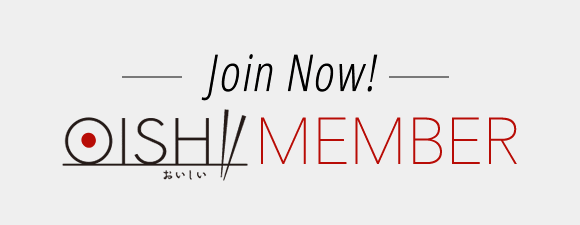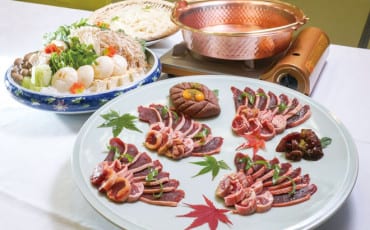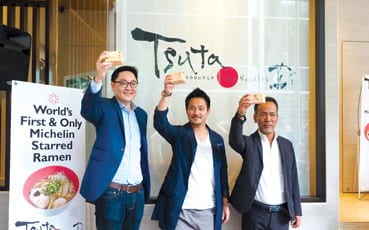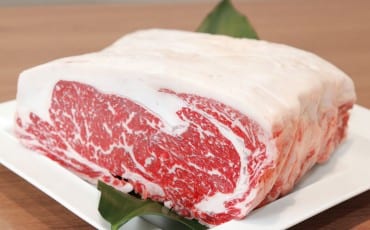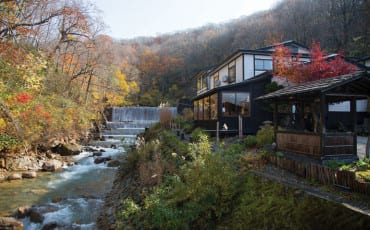- OISHII
- OISHII Wiki
- Ingredients
- Genmai (Brown Rice)
OISHII Wiki
Ingredients
Genmai (Brown Rice)
Genmai is whole grain rice, which means it’s either unmilled or partially milled. When only the outermost layer of a rice grain (the husk) is removed, you’ll get brown rice. To get white rice, you’ll need to remove the layers below the husk – the bran layer and the germ.
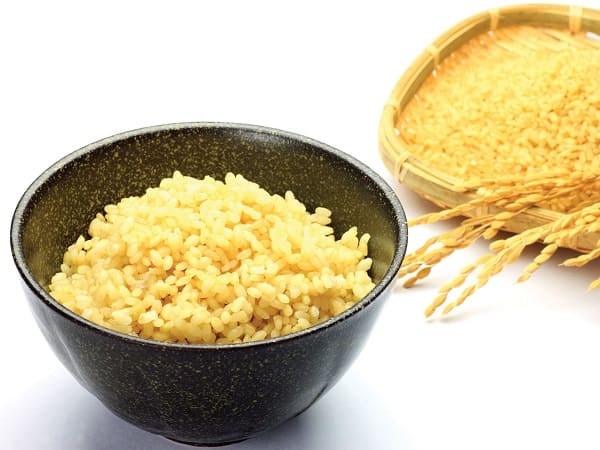
Compared to white rice, Genmai is chewier and more nutritious, and has a mild, nutty flavour. While Genmai is the healthiest variety of rice, it’s not as popular as white rice, probably because its nutty flavour only goes with certain types of dishes. For example, brown rice is hardly ever used to make Sushi or Onigiri. This is in part due to aesthetic reasons, as well as the fact that it’s not as sticky as white rice.
However, there are plenty of creative ways to enjoy Genmai, whether through Japanese dishes like Omuraisu (Japanese Rice Omelet) or even Western dishes like risotto.
When cooking your brown rice, it may develop a crusty bottom (known as Okoge), which many Japanese people actually consider a delicacy. One way to enjoy Okoge could be to add it as a topping into Chazuke. Or, you could crisp it up even more in a bit of sesame oil before adding a few drops of soy sauce to create a rice cracker of sorts.
If you find it hard getting used to eating brown rice, try Haigamai (half-polished rice). This is a fairly new variant – it was cultivated to meet consumers’ growing demands for healthy food – and is when the outer bran is removed, leaving the nutritious haiga (germ) layer intact. While the taste, texture, and flavour is similar to white rice, the colour is a light shade of tan.

